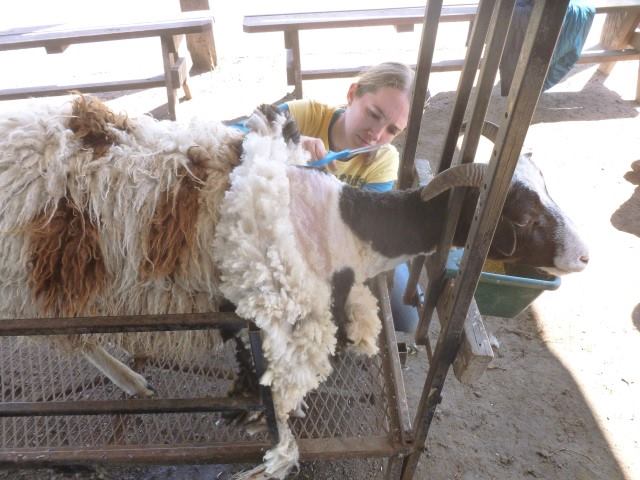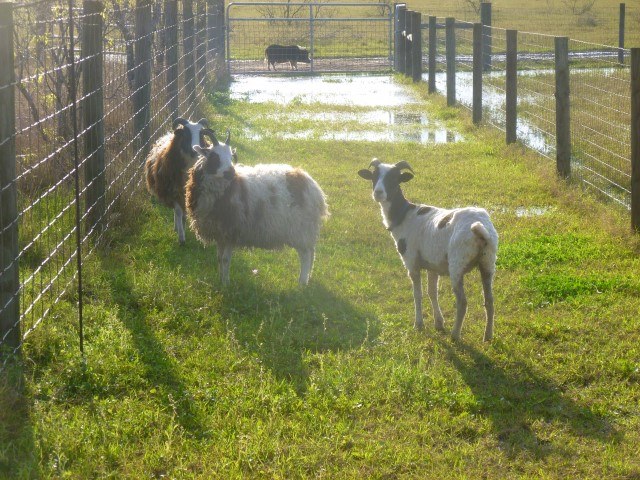- Scholarship Awards
- La Feria ISD is Set to Get Its Own Police Department
- All-Star Regionals
- LFECHS Non-Varsity Band Represents at State
- School Program Continues to Provide Fun Summer Activities
- Conservation Group Wildlife in Focus Expands Unique Photography Contest to Reach More Landowners, Photographers Statewide
- Local Birding Center Offers a Variety of Events
- Valley Native is Heading to the Olympics
- Hurricane Preparedness For Families
- Golf Tournament to be Held toHelp Cancer Patients
Feeling Sheepish
- Updated: October 2, 2015

If you’ve been following our articles, you might have noticed a learning trend. Lately we’ve been having a couple of new experiences with processing chickens and most recently a steer. It’s definitely not easy, and some family members handle it better than others, but that’s just part of what makes us unique and useful in our own ways. Some perform the actual butchering, some help with packing the meat, and some tend to regular ranch chores that would normally be done by those other family members.
So, what is the next project? We’ll take a break from processing animals and shift our focus to the next animal group: sheep! You may be interested in knowing that not all sheep are white and fluffy cotton balls. There are actually two kinds of sheep in the world – hair sheep and wool sheep.
The main difference between them is that hair sheep will be mostly covered in the longer, courser, guard hairs rather like you would find on goats. The wool hairs will be short and close to the skin. Wool sheep will have their wool hairs long with just a few places having the straight bristly hair.
Hair sheep such as the Big Horn sheep, Barbados Blackbelly, Dorper, and St. Croix do not need to be sheared. They will naturally shed their hairin the warmer months. Wool sheep, quite the opposite, will almost always need to be sheared.
 Depending on the type of wool sheep, they will also have differing weights of the fleece (how much wool they have grown), where they grow their fleece, openness vs. denseness of the fleece, different amounts of lanolin (the oily substance that helps keep the wool soft and water resistant), plus varying degrees of crimp (how crinkled the individual hairs are) and color.
Depending on the type of wool sheep, they will also have differing weights of the fleece (how much wool they have grown), where they grow their fleece, openness vs. denseness of the fleece, different amounts of lanolin (the oily substance that helps keep the wool soft and water resistant), plus varying degrees of crimp (how crinkled the individual hairs are) and color.
To learn even more and get hands-on experience, join us at Grace Heritage Ranch for our Saturday morning tours. We are located just 30 minutes northeast of Harlingen, TX near Santa Monica. Please visit us at www.GraceHeritageRanch.com or www.Facebook.com/VisitGHR . For a recorded message, please call 1-855-447-8687. We offer both public and private tours.



